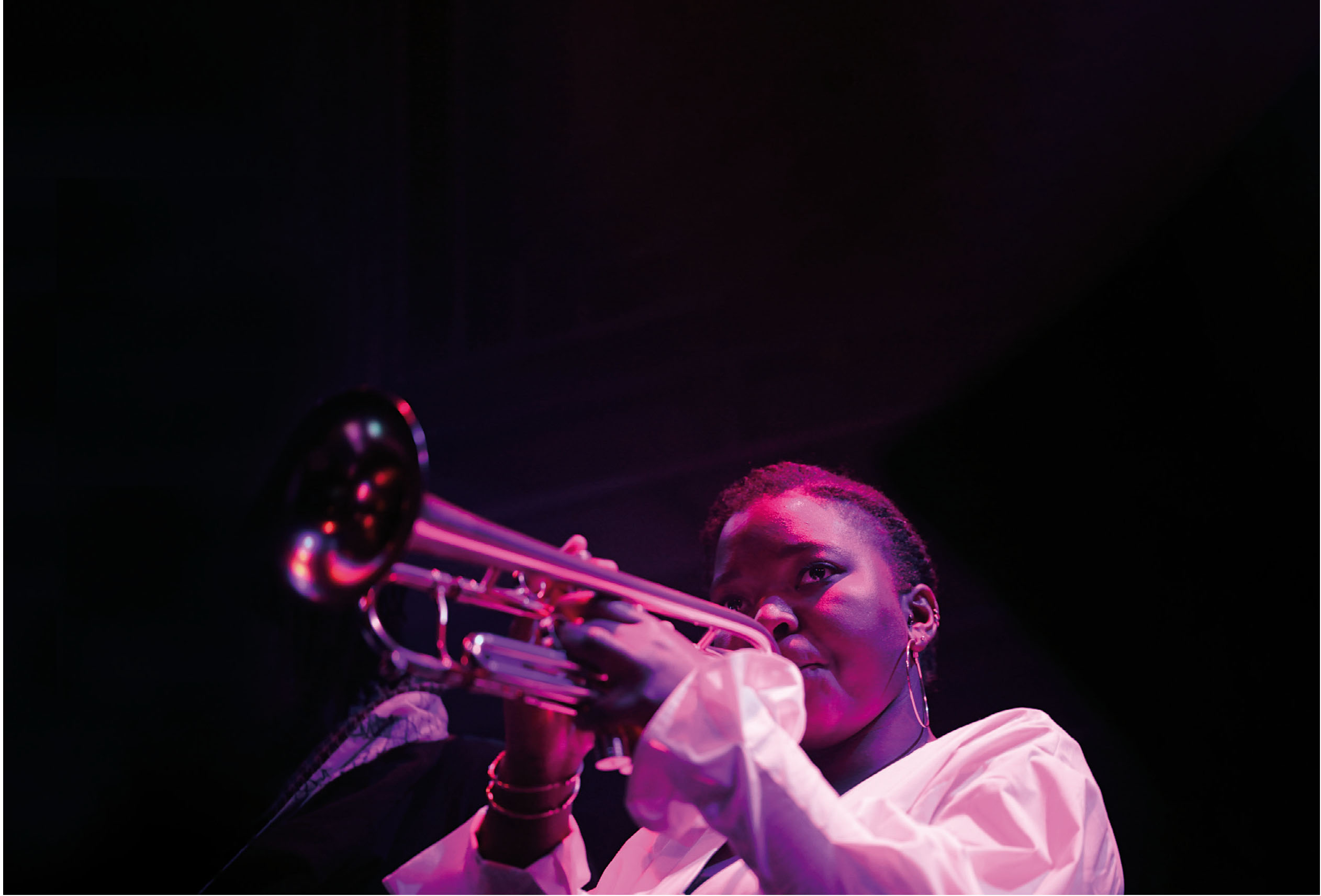
At Simon Balle we are an all-through school, with our very first ‘primary’ year group soon to start Year 6. Around 30 per cent of our students undertake the learning of a musical instrument and we actively promote the benefits of music education. Our curriculum is spiral in nature, where we aim to continually revisit core musical skills and understanding. Technology is at the heart of that vision. In the past we have had an Apple Mac network and used Garageband and Logic throughout our teaching.
Two years ago, we moved to the online recording studio Soundtrap. Garageband was causing issues being networked and, being a ‘Google school’ rolling out Chromebooks, we needed a new approach. We tested devices, worked closely with MusicFirst and looked into how we could find funding. We ended up covering costs with Music and IT budgets in the first year, looking to show how this cloud-based technology could take us forward. Replacing our ageing Macs with Chromeboxes (desktop Chromebooks), we boldly moved exclusively into the cloud.
Fast forward
Today, each music student from Year 4 has a ‘seat’ (account) on Soundtrap and can safely use it at home (assuming they have an available device and an internet connection). It works on virtually any device and the app for iPads is superb. Most importantly, it saves time, is safe within the walled garden, and integrates fully with G Suite for Education, as well as, I believe, Microsoft.?
Yes, there are some limitations, such as fewer time signatures, or an oboe sample sound that could be more realistic, but these minor issues are insignificant when you consider the benefits. In our first lockdown, our GCSE and A Level musicians continued with composition work (the integration with Noteflight enables students to create scores). We loaned keyboards to students and work was completed from home.
KS3 pupils also continued their work and new tasks were set using the platform, making good use of the on-screen keyboard. Soundtrap works brilliantly on Chromebooks and latency is rarely an issue. Recording audio is easy and even modest Chromebook processors cope well. Once again, Soundtrap is flourishing in lockdown.
Working in real time
We now use Soundtrap widely across the school for music-making and also as part of our primary IT curriculum. Our Rock School bands are collaborating on projects, making amazing live recordings. As part of this process, students collaborate on the same project, just like they can on a shared Google document. If a teacher sets a project as an assignment, it can be shared by link or on Google Classroom and each student has their own copy, automatically shared with the teacher. Our Rock School bands are each working on the same project in real time rather than emailing MP3 fi les to those in their group. Quickly, they can create a live band recording, virtually, and share their music. The ability for Soundtrap to work on any device, including phones, ensures that students have minimal issues in accessing their work.
Cloud-based technology is here to stay. I am a huge advocate for Soundtrap, just because it works! It is a great piece of software. Technical help with any issue is quickly resolved and available online from Soundtrap's support team. With school leaders now having to embrace cloud computing, I would urge anyone concerned about the cost to consider how school IT budgets might assist.
Soundtrap is brilliant. We have not nearly embraced everything that is possible with it. However, I know that Soundtrap helps our musicians stay connected with their learning and each other. In these times, that is priceless.


Any school interested in a 30-day free trial of Soundtrap for Education can sign up at www.soundtrap.com/edu








